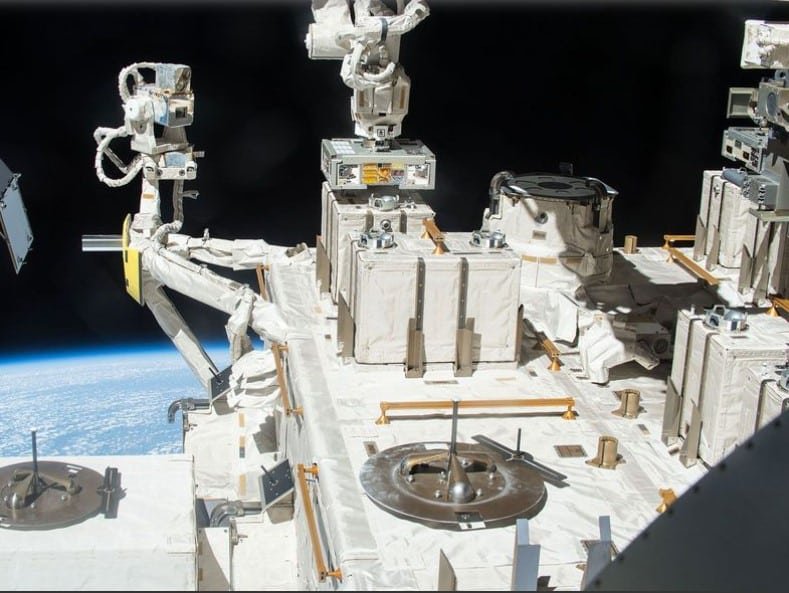
Could Life Travel Between Planets?
Microbiologists have spent decades studying extremophiles, organisms that endure extreme conditions, to tug at the mysterious threads of how life blossomed on Earth. https://t.co/NHqzQXUhr9
— Smithsonian Magazine (@SmithsonianMag) August 26, 2020
Health Editor’s Note: A bacterium, Deinococcus radiodurans, can survive three years and perhaps more in space. Before choosing this particular bacterium for the experiment, the bacterium was hit with types of assaults that it would experience while in space. These included high levels of radiation, vaccum-like pressures, wide disparity in temperatures, which would all be stressors. Bacterium DNA survived inside the clump of bacteria because the outer layers protected them from the space stresses.
The space tested bacterium acted just like one of the oldest life forms on earth, cyanobacteria, which organizes layers so dead cells on the ouside sheild the ones on the inside so they can survive/endure the intense solar radiation by organizing in layers where cells die on the outside and protect those who survive inside.
If science could duplicate the radiodurans’ ability to make more copies of proteins that fix radiation damaged DNA. I think this would go a long way towards perhaps decreasing ageing or at least damage due to radiation exposure, which the sun is responsible for. For sure we will have to be careful with interplanetary contacts because apparently some bacterium and or beings can survive ‘where no man has gone before’…..Carol

Carol graduated from Riverside White Cross School of Nursing in Columbus, Ohio and received her diploma as a registered nurse. She attended Bowling Green State University where she received a Bachelor of Arts Degree in History and Literature. She attended the University of Toledo, College of Nursing, and received a Master’s of Nursing Science Degree as an Educator.
She has traveled extensively, is a photographer, and writes on medical issues. Carol has three children RJ, Katherine, and Stephen – one daughter-in-law; Katie – two granddaughters; Isabella Marianna and Zoe Olivia – and one grandson, Alexander Paul. She also shares her life with her husband Gordon Duff, many cats, and two rescues.
ATTENTION READERS
We See The World From All Sides and Want YOU To Be Fully InformedIn fact, intentional disinformation is a disgraceful scourge in media today. So to assuage any possible errant incorrect information posted herein, we strongly encourage you to seek corroboration from other non-VT sources before forming an educated opinion.
About VT - Policies & Disclosures - Comment Policy




One end goal could be creating a living “skin” or shielding for a deep space exploration ship by covering the exterior of the ship with the bacteria. Genetically alter the bacteria so it feeds off CO2 from inside the ship, and let it indefinitely recreate a self-healing, protective radiation shielding.
Radio-active radiation also destroys cells by creating hydrogen peroxide in them which causes carcinogenic effects. The enzyme catalase breaks down hydrogen peroxide which is a normal product of cell respiration. Algae were seen in highly radio-active areas after the atom bomb test at Bikini and they appeared to be normal algae. The somewhat surprised scientists found on analysis of the enzyemes in the algae that their cells contained six times more catalase than normal algae.
Comments are closed.